Video content has become the dominant form of engagement in the digital landscape, causing businesses and creators to adapt to the increasing demand. Traditional video production methods often create bottlenecks, requiring extensive resources, time, and expertise to deliver quality content at scale. However, a new wave of artificial intelligence tools is revolutionizing how we approach video creation, offering solutions that dramatically streamline the production process. From automated B-roll generation to AI-powered editing assistants like Kling AI, these cutting-edge technologies are transforming what’s possible in content creation. For video professionals, content marketers, and creators looking to scale their output while maintaining quality, understanding and leveraging these AI tools has become not just an advantage, but a necessity. This article explores the most impactful AI solutions reshaping video production, providing practical insights into how you can integrate these tools into your workflow to boost efficiency and creative capabilities.
The AI Revolution in Visual Content Creation
The advent of artificial intelligence tools has significantly transformed the video production industry.. What once required extensive manual effort and technical expertise can now be accomplished in a fraction of the time through AI-assisted workflows. This transformation is largely driven by breakthrough developments in generative AI, which has evolved from basic image manipulation to sophisticated video synthesis. Major players have established themselves as pioneers, pushing the boundaries of what’s possible in automated content creation. The market impact is profound, with content producers reporting up to 70% reduction in production time while maintaining high-quality outputs. These tools are democratizing video production, enabling creators of all skill levels to produce professional-grade content while focusing their creative energy on strategic and artistic decisions rather than technical execution. The result is a new era of content creation where AI serves as a powerful creative partner rather than just a productivity tool.

Understanding AI Text-to-Image Generators
How Text-to-Image AI Actually Works
The AI text-to-image generator is a powerful tool that utilizes advanced neural networks trained on extensive datasets of paired images and text descriptions. These systems process natural language inputs through multiple layers that understand semantic meaning, visual concepts, and artistic styles. The AI interprets prompts by breaking them down into recognizable tokens and matching them against its trained parameters, generating corresponding visual elements. Advanced diffusion models then refine these initial concepts, gradually transforming random noise into coherent images that match the intended description. This process involves multiple iterations of enhancement, where the AI progressively adds detail, adjusts composition, and refines visual quality.
Top Applications for Content Creators
Content creators are finding innovative ways to leverage text-to-image AI across their production pipeline. For video thumbnail creation, these tools excel at generating eye-catching visuals that accurately represent content while maintaining brand consistency. During pre-production, creators use AI to rapidly visualize concepts and storyboards, accelerating the ideation process. Social media teams utilize these generators to produce platform-specific assets, maintaining visual coherence across multiple formats and aspect ratios. For brand development, AI assists in exploring visual identities by generating variations of logos, color schemes, and design elements. This technology particularly shines in creating custom illustrations and backgrounds that would traditionally require significant time and resources to produce manually.
Integrating AI Tools into Your Production Workflow: Step-by-Step
Phase 1: Pre-Production Planning
Begin by analyzing your script to identify specific opportunities for AI enhancement. Create a detailed asset identification matrix that maps out every visual element needed, categorizing them as either AI-generated or traditionally produced. Develop a systematic prompt engineering strategy by crafting and testing prompts in advance, maintaining a library of successful prompt structures that consistently deliver desired results. Document style preferences and technical requirements for each asset to ensure consistency throughout the production.
Phase 2: AI-Assisted Content Generation
Start the generation process by creating foundational visual elements through text-to-image tools. Follow a structured approach beginning with key scenes and transitioning to supporting visuals. Implement batch processing for similar asset types to maintain consistency and efficiency. Monitor generation results in real-time, adjusting prompts as needed to optimize output quality. Organize generated content into clearly labeled folders following your production hierarchy.
Phase 3: Refinement & Integration
Establish a clear workflow for human review and refinement of AI-generated content. Use collaborative editing tools that support seamless integration between AI-generated assets and traditional content. Implement specific quality control checkpoints at key stages of integration, including technical compatibility verification, style consistency checks, and final visual quality assessment. Maintain detailed documentation of successful integration methods and potential compatibility issues for future reference and workflow optimization.
Optimizing AI-Generated Content Quality
Mastering prompt engineering is essential for consistently high-quality AI outputs. Structure prompts with specific descriptors, focusing on composition elements, style attributes, and technical parameters. Modifiers like “high resolution,” “cinematic lighting,” or “photorealistic” are used to improve visual quality. Maintain style consistency by developing prompt templates that incorporate your brand’s visual language, including color palettes, composition preferences, and artistic direction. To improve results, start by adjusting prompt components, starting with core descriptors and gradually refining modifier combinations. Consider ethical implications by implementing content filtering systems, avoiding copyrighted material references, and respecting personal privacy concerns in generated content. Regular quality audits help identify patterns in successful outputs, allowing for continuous refinement of prompt strategies and generation parameters. Document successful approaches in a central knowledge base to establish repeatable quality standards across your production team.
The Future of AI-Powered Video Production
The integration of AI tools into video production workflows represents a transformative leap forward for content creators. These technologies not only accelerate production timelines but fundamentally reshape what’s possible in digital content creation. By leveraging text-to-image generators, advanced platforms, and implementing structured workflow processes, creators can dramatically increase their output while maintaining high quality standards. The key to success lies in thoughtful implementation, starting with careful pre-production planning, moving through systematic content generation, and finishing with meticulous refinement and integration. As AI technology continues to evolve, we can expect even more sophisticated tools and capabilities to emerge, further streamlining the creative process. For content creators willing to embrace these innovations, the future holds unprecedented opportunities for scaling production, enhancing creativity, and meeting the growing demand for engaging video content. The time to adapt and integrate these powerful AI tools is now, as they become increasingly essential for maintaining competitiveness in the rapidly evolving digital landscape.





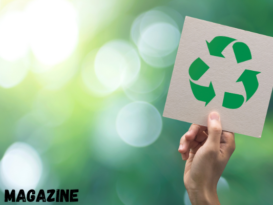

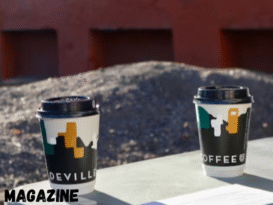

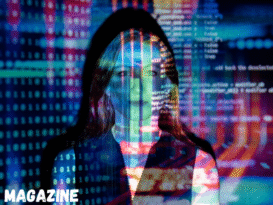
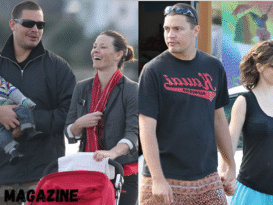

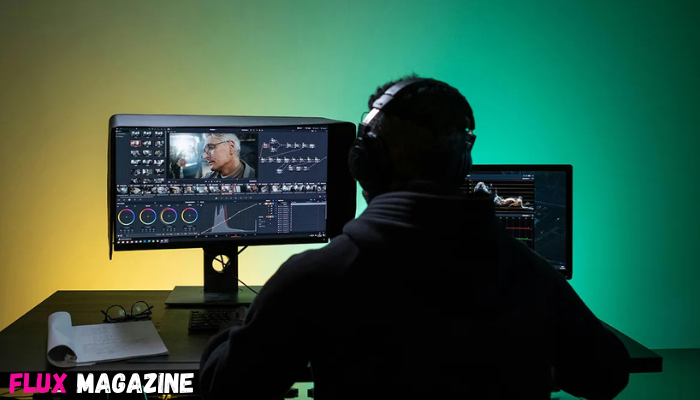


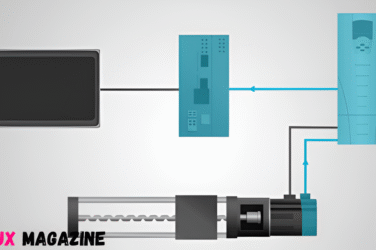


Show Comments (0)